In 1953, Ernst traveled through the Rhine Valley, which resulted in this picture. On her example, you can very clearly see what changes occurred in the manner and worldview of
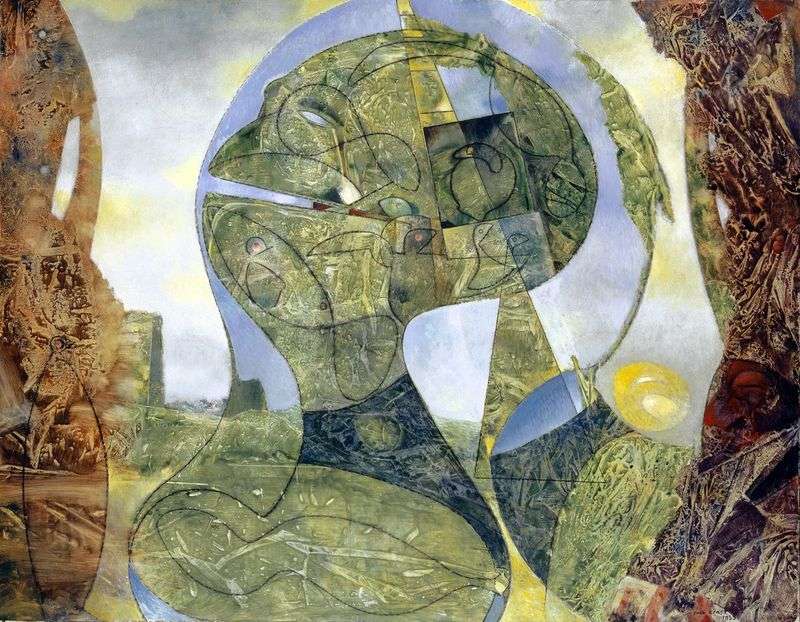

In 1953, Ernst traveled through the Rhine Valley, which resulted in this picture. On her example, you can very clearly see what changes occurred in the manner and worldview of
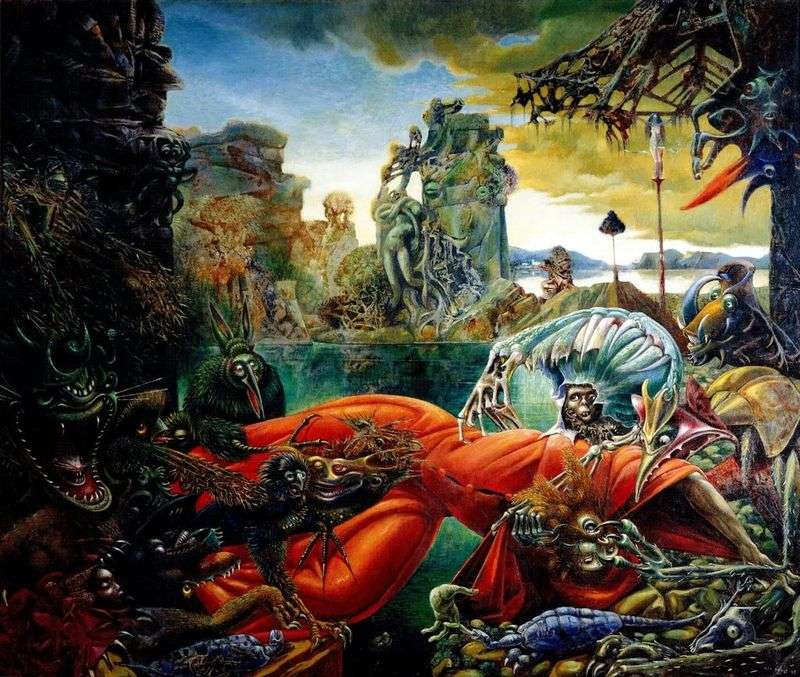
In 1929, Andre Breton called Ernst an artist who “has the most illusory imagination in the world.” These words were uttered during a lecture on the novel “The Stagnant Woman”
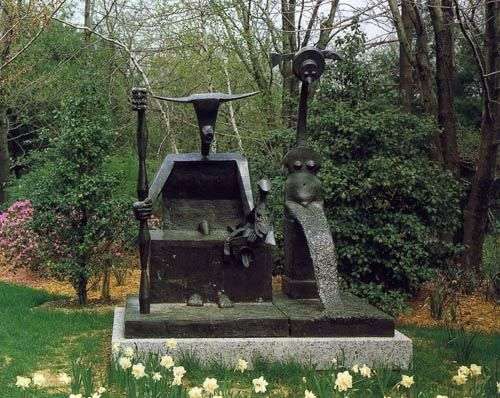
Visitors to the Dada exhibition in Cologne were outraged when they saw Ernst’s sculptural compositions. They really were unaccustomed to the view of the average man in the street. Ernst
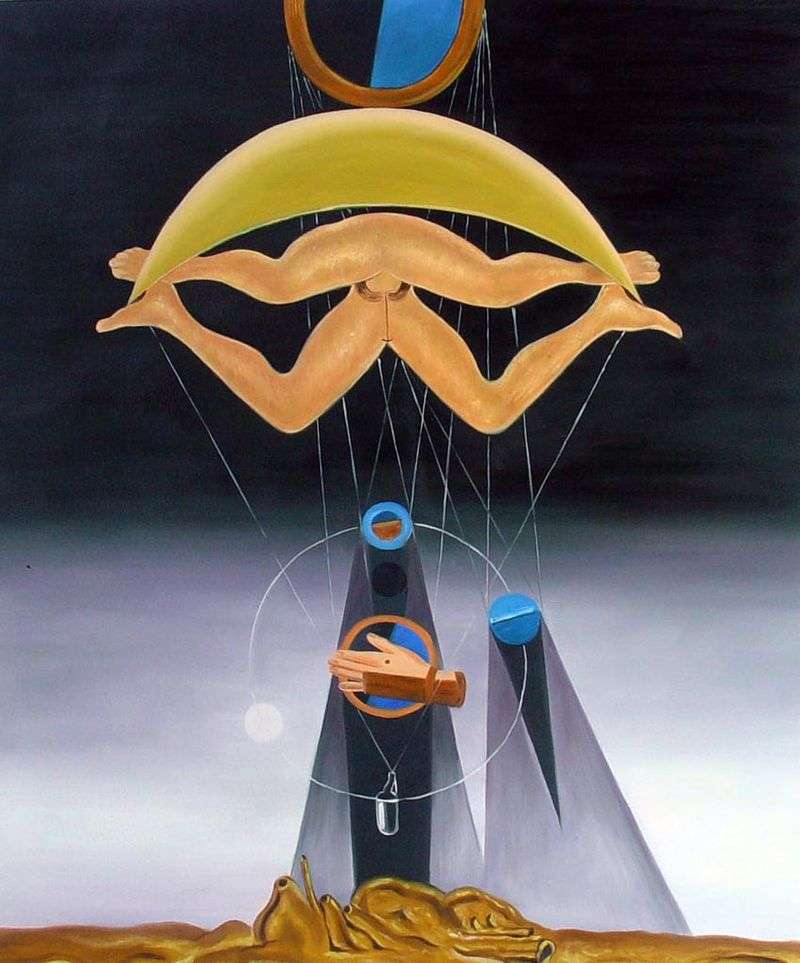
This picture, which may well serve as an illustration to the works of Freud, Ernst created in the beginning of his surrealist way. It is oversaturated with sexual images and
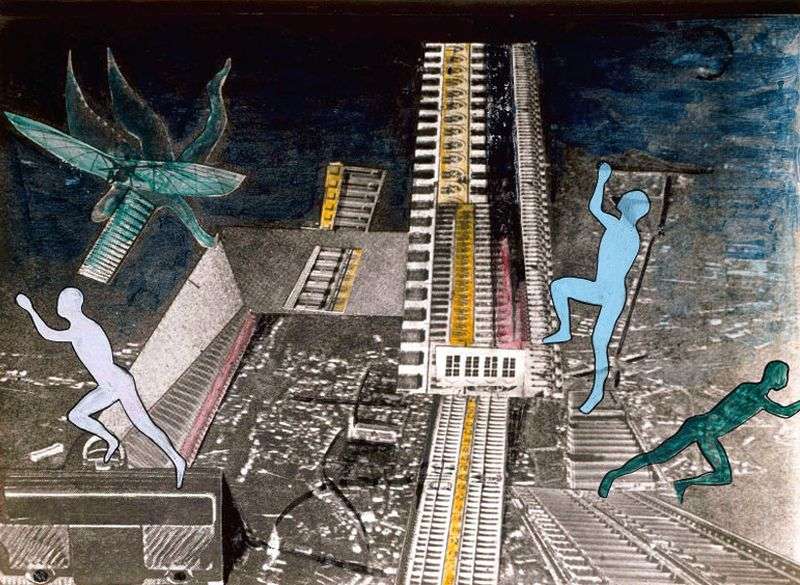
Collage was the most significant contribution of Ernst in the formation of the aesthetics of Dada. In his collages, Ernst manipulated the recognizable images, transforming them into strange, sometimes seemingly
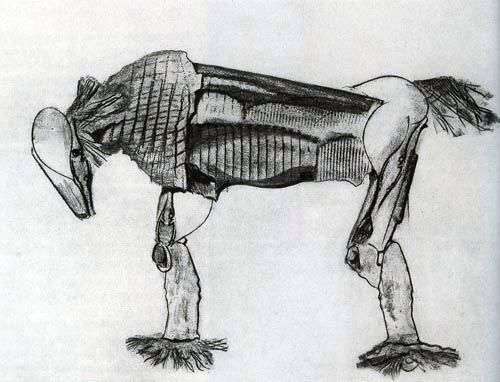
In search of artistic means to express the subconscious as the antithesis of reality, Ernst discovered the technique of frottage. Illumination happened in a small hotel on the French Atlantic
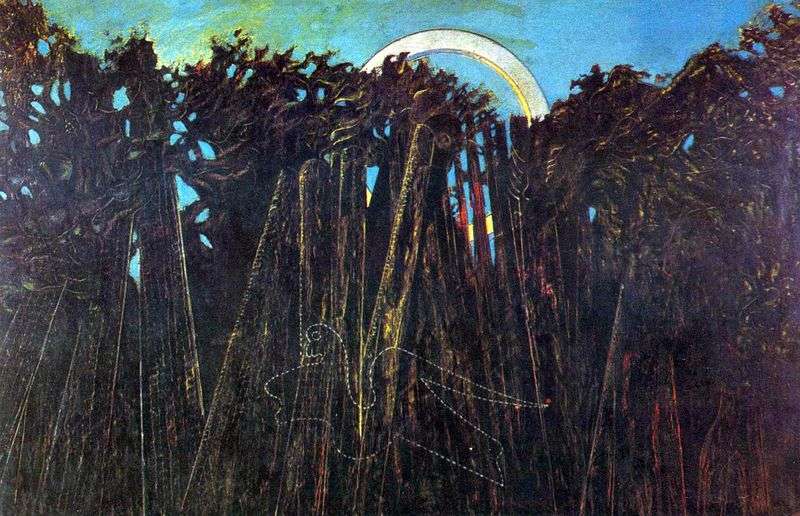
Working in the avant-garde technique of “spontaneous” writing, based on the reflex work of the brush, Ernst invented his own method of working with oil paints – “graft”. The artist
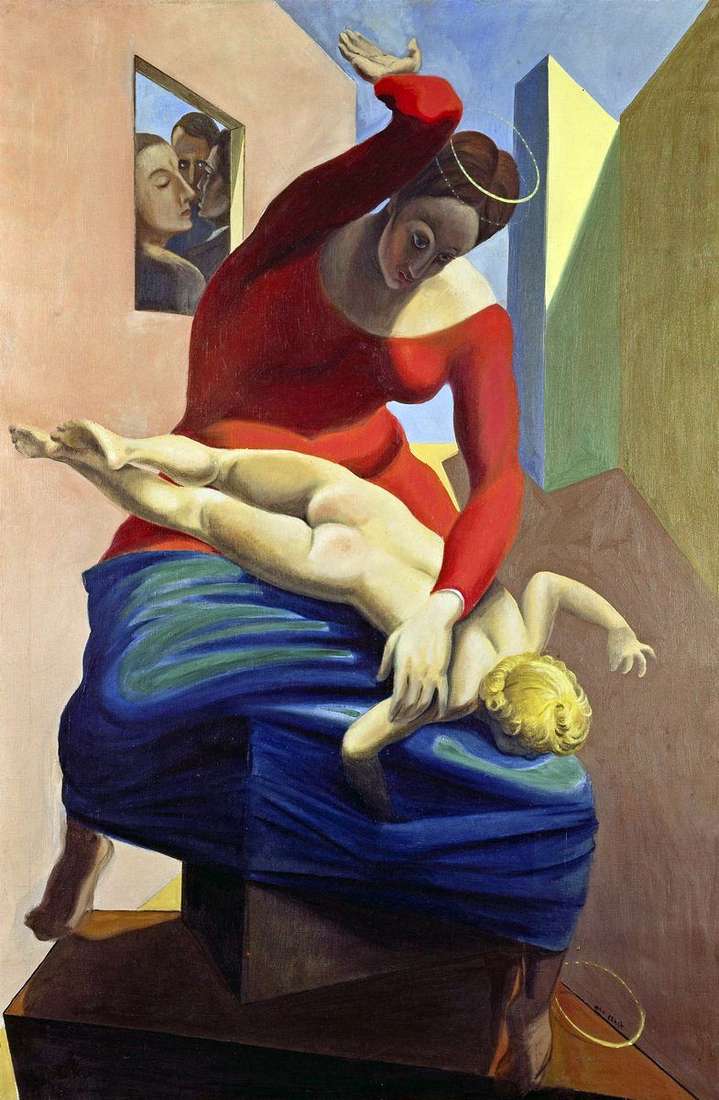
This is one of the most shocking paintings of Ernst. Shown for the first time in 1926 at the Exhibition of Independent Artists in Cologne, she was immediately declared blasphemous.
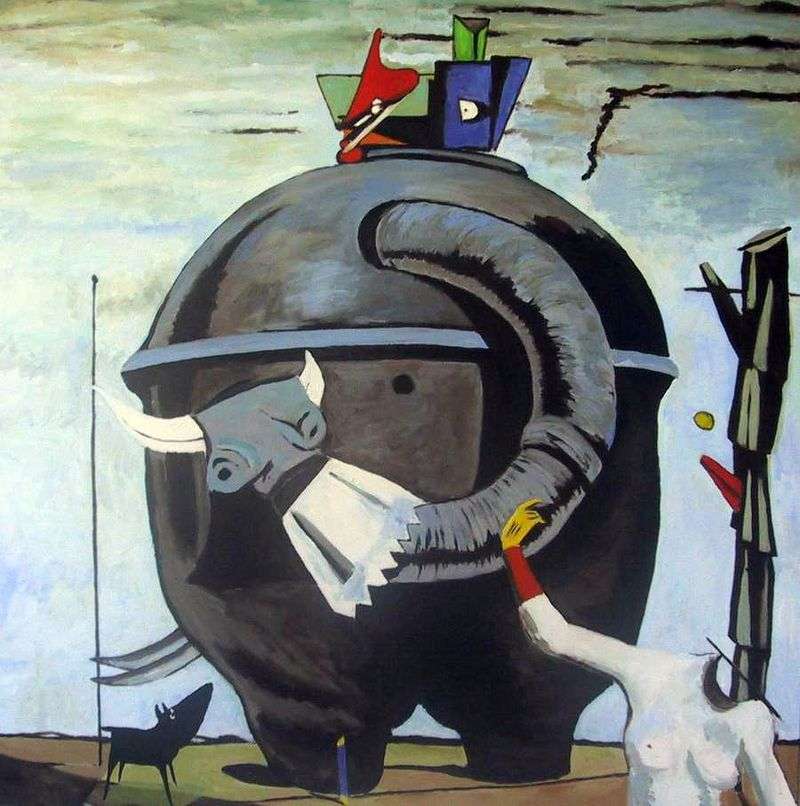
Art critics consider this picture the first big surrealist painting by Ernst. Her idea was born to the artist when he saw in the photograph in an anthropological journal a

This is a picture of Ernst, written in the technique of decalcomania, the initiator of World War II, which threatens the death of all mankind. Work on the canvas “Europe

Here, Ernst uses a variety of techniques – from traditional oil painting to the interspersion of very “non-artistic” elements, such as, for example, an electric bell button, to which an

Between 1933 and 1936, Ernst wrote several paintings depicting the ruined cities, surrounded by lush vegetation. On these canvases, the artist tried to create an atmosphere of an abandoned, lost
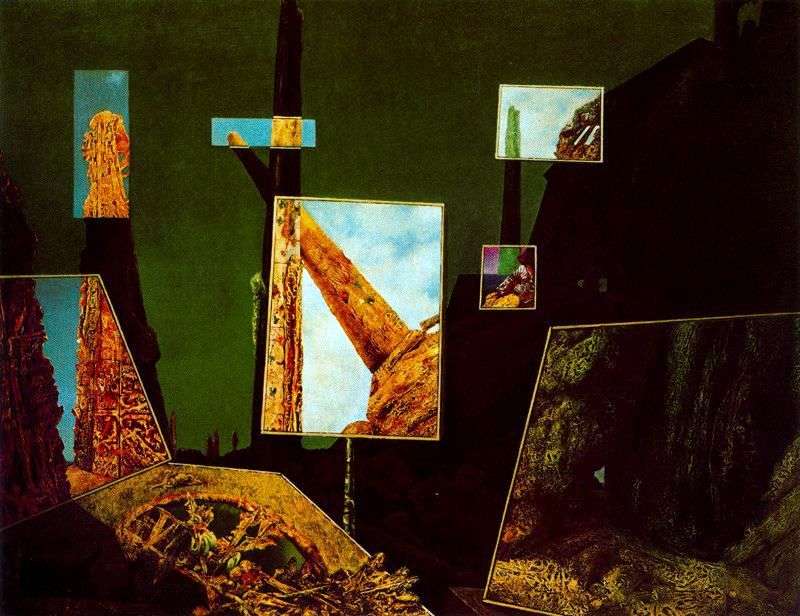
This technique consists in the fact that the artist pours ink on a sheet of paper, covers it with a second sheet on top, and then again separates them. As
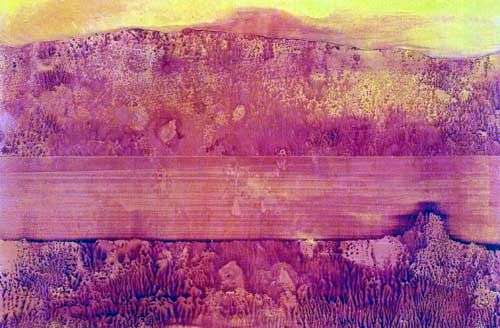
The Second World War made adjustments to Ernst’s creative style, but this time the influence turned out to be quite different than what the events of the First World War

Created during the Second World War, this painting shakes the viewer with a gloomy, heavy color. In zoomorphic and anthropomorphic figures, probably, it is necessary to see the monstrous creations